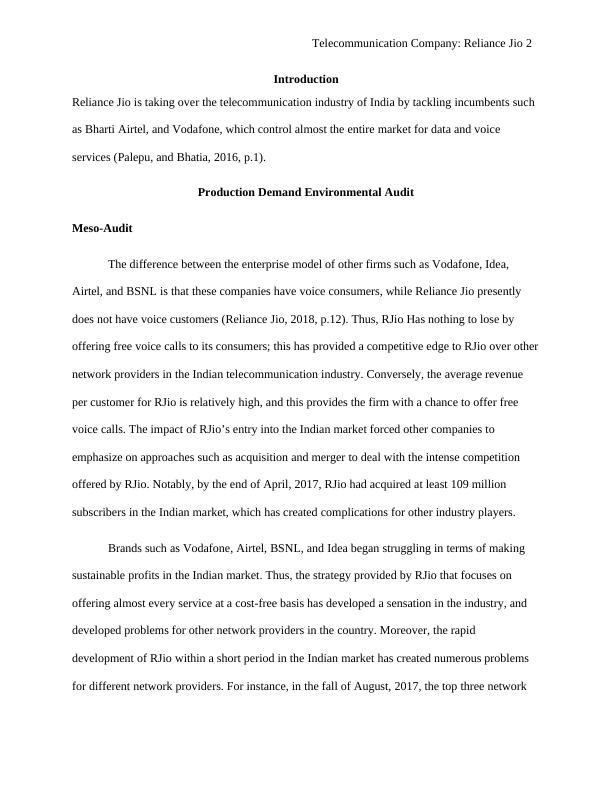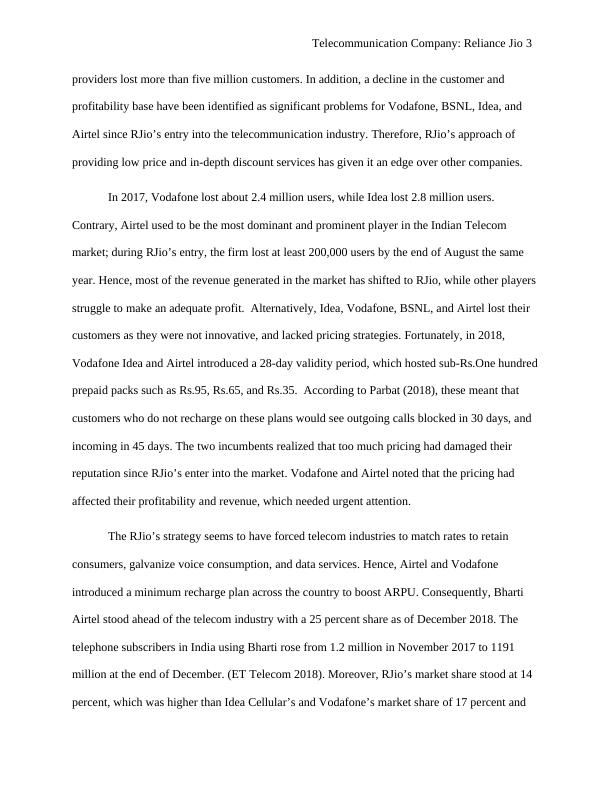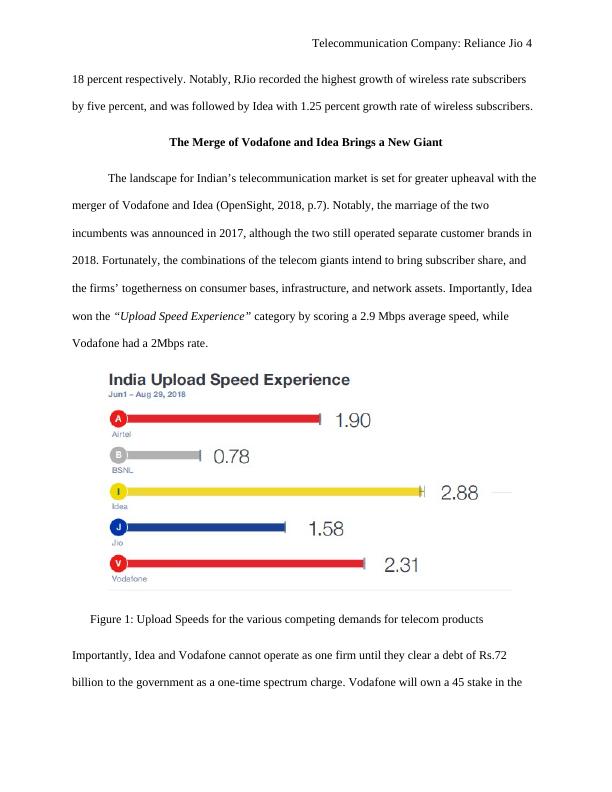Telecommunication Company: Reliance Jio
For international students, forecast likely demand for a product from your home country in Australia. For local students, identify a problem and propose a product/service solution. Communicate findings in a 2000-word paper covering product concept, external audit, and forecasted demand for 2 years.
17 Pages3956 Words35 Views
Added on 2023-01-18
About This Document
This article discusses the impact of Reliance Jio on the Indian telecommunication industry, including its strategies for success and the challenges faced by other network providers. It also explores the merger of Vodafone and Idea and the competition in the market. Additionally, it provides insights into the content service provider and network experience of Reliance Jio.
Telecommunication Company: Reliance Jio
For international students, forecast likely demand for a product from your home country in Australia. For local students, identify a problem and propose a product/service solution. Communicate findings in a 2000-word paper covering product concept, external audit, and forecasted demand for 2 years.
Added on 2023-01-18
ShareRelated Documents
End of preview
Want to access all the pages? Upload your documents or become a member.
Idea and Vodafone telecom merger in India.. Name of the Student:
|9
|490
|177
Vodafone and Idea Merger
|5
|577
|214
Marketing Principles of Reliance Jio: SWOT, PESTLE, Competitor Analysis
|9
|1897
|298
Entrepreneurship Research Report 2022
|7
|1882
|26
Business Decision Analtyics Assignment
|5
|817
|18
Reliance JIO: A Case Study on Strategic Project Time
|13
|3341
|182




